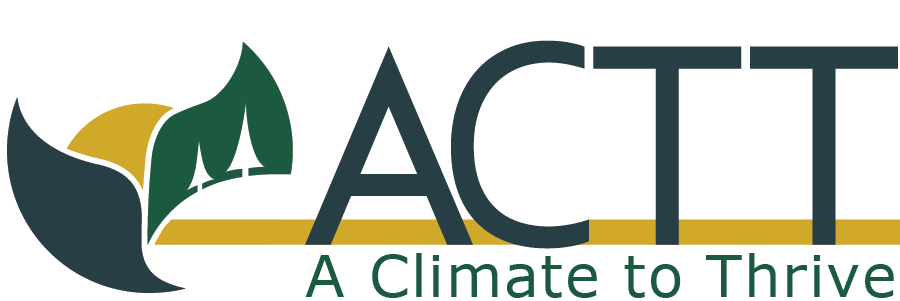Building a Core Team
The first members of Freeport CAN enrolled other people from their social network. They lived in Freeport for a long time and knew many people in town, so they asked themselves, ‘Who do we know with interest and expertise in this topic?’ and then reached out to those people. The initial conversations Freeport CAN organized with the community also served to identify people to join the organization. The group connected with many people in the community with diverse expertise willing to contribute.
Starting with who you know is a great way to begin building your team, especially after that first meeting when you’ve made initial connections. Focus on identifying the people who are already interested and committed and tap into the networks they bring with them. By reaching out to those you met, and others who might not have been at the first meeting but are connected to your cause, you can quickly expand your circle of support.
As you begin building your core team, it's helpful to ask a few key questions to guide your process and identify potential members:
-
Think beyond traditional climate experts. Look for individuals with skills in community organizing, communication, business or non-profit management, fundraising, creativity, and passion for the cause.
-
Look for people who are active and well-connected in the community, as they can be instrumental in broadening the reach of your initiative.
Strong leadership isn’t about one person, it’s about the team. A shared leadership model ensures that everyone has a voice in decision-making and in shaping the group’s direction. When building your core team, think about how leadership roles will be structured and how decisions will be made.
How will leadership be shared within your team? Will certain members take on specific roles, such as facilitator, project manager, or communications lead? Defining these roles early on can help distribute responsibility and avoid burnout.
How will decisions be made? Consider whether your group will use a consensus-based decision-making process or if certain leaders will make specific decisions. Having a clear structure for decision-making will help maintain clarity and efficiency.
Some decision making models resources: Decision-Making Models, Nonprofit Decision-Making
Leadership and decision-making processes should be flexible and responsive because, as your group grows and evolves, so too will its needs, dynamics, and goals. What works in the early stages of a group may not be effective as the group gains more members, takes on more complex projects, or faces new challenges.
Use the worksheet below to support this reflection and planning process. It will help you clarify roles, define decision-making structures, and ensure your team is built on a foundation of shared leadership and clear communication.
-
Each individual may offer unique skills or networks that can enhance the team’s impact. Consider people with experience in environmental science, organizing local events, managing projects, or engaging the community.
-
Are you reaching diverse members of your community who will bring both differing perspectives and connections to different groups within the community?
Shared leadership and decision making





